The New Nissan Qashqai arrives in Europe, will it be Malaysia-bound too?
The Nissan Qashqai, also known as the Dualis or Rogue Sport in some markets, has been renewed with a third-generation model. This model was never sold here in Malaysia, but it’s quite popular right next door in Singapore. It serves as sort of an HR-V or C-HR competitor that sits on a C-segment chassis but was introduced in 2007, before either of those successful crossovers were around and they’ve sold 3 million units since the start.
Today, many non-national brands are threatened by Proton’s increasingly advanced portfolio of products. They may need to step up their game in order to remain relevant and the new Qashqai represents a technological leap for Nissan in Europe. Perhaps it will be something Malaysians will enjoy too.
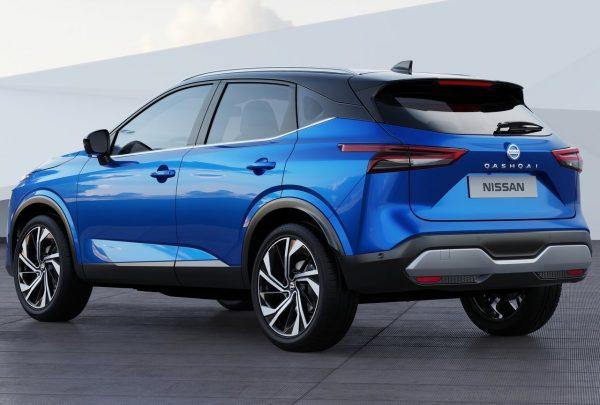
The 3rd generation Qashqai once again sits on a variant of the CMF-C platform and was styled and engineered in the UK. Design highlights include:
- Enlarged V-Motion grille in chrome and satin chrome
- slim LED advanced matrix headlamps with boomerang DRLs
- strong and sporty character line along the side
- 11 colours available + 5 dual-tone combinations
- white ambient lighting in cabin
- more premium feel and better ergonomics in cabin
- Wider windscreen opening angle, thinner front pillar design and side mirrors mounted on the door for better visibility
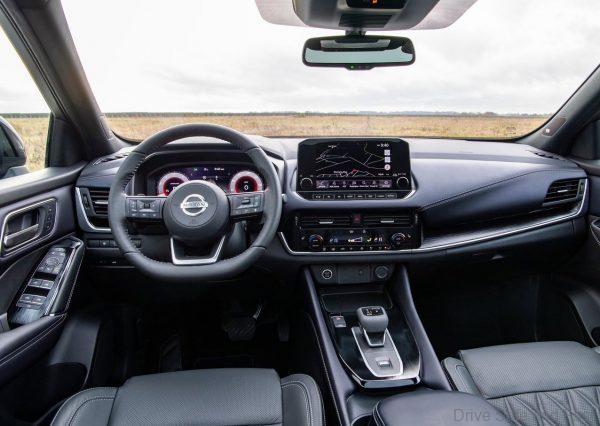
Here are some key changes versus the 2nd generation model:
- 20″ wheels available for the first time
- Increase in wheelbase (2cm), length (3.5cm), and width (3.2cm)
- Knee room for rear occupants up by 2.8cm to 60.8cm
- Front and rear headroom has increased by 1.5cm
- 50L more luggage space, cargo floor lowered by 20mm
- LED headlamps
- in-car WiFi for up to 7 devices and NissanConnected services
- NissanConnected Services smartphone app compatibility for access to car’s functions and location
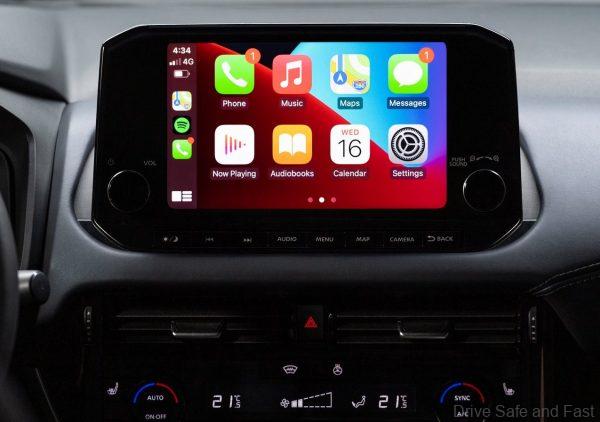
- 9″ infotainment unit with Android Auto and Wireless Apple Carplay
- 12.3″ digital instrument cluster with virtual “Kiriko” glass background
- new steering mounted dial switch
- 10.8″ Heads-Up Display (largest in segment)
- Google Assistant and Amazon Alexa support
- USB charging, type A and type C ports front and rear
- Powered hands-free tailgate
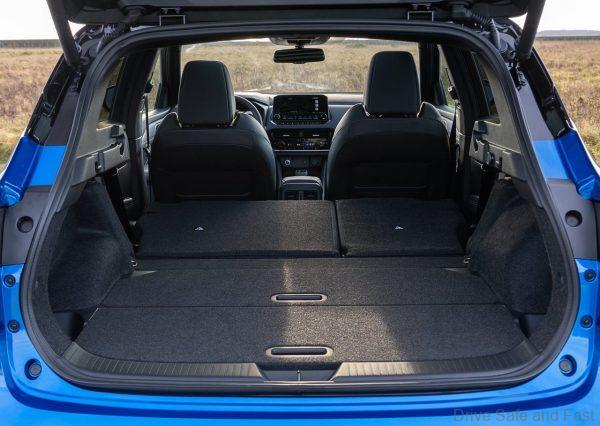
Petrol/Mild Hybrid version
- redesigned 1.3 DiG-T petrol engine with mild-hybrid tech optional
- 138hp-156hp, up to 270Nm of torque
- 2WD and improved 4WD options
- Enhanced 6-speed manual or New Xtronic CVT
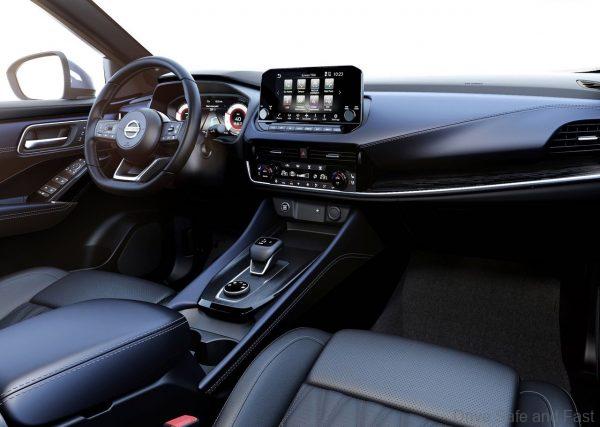
E-Power version
- European debut of E-Power
- consists of 1.5L petrol engine, power generator, inverter and electric motor
- Electric motor has a power output of 187hp
- petrol motor does not drive the wheels, powers electric motor indirectly. It features variable compression ratio technology
- e-Pedal experience available for single pedal driving
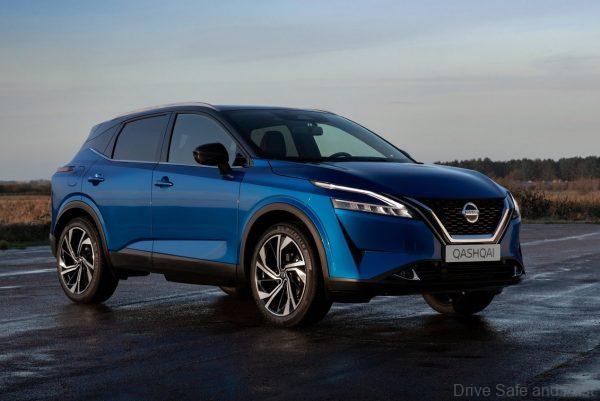
For more technical improvements to the chassis, suspension, and ADAS, check out the excerpt from the press release below.

PRESS RELEASE
CMF-C platform
The new Qashqai is the first new model in Europe to use the CMF-C platform, which represents a state-of-the-art automotive structure and technology architecture.
Central to the engineering concept was to retain the current Qashqai’s proportions, which are “just right” and key in its success, meaning it comfortably navigates urban roads and fits comfortably in parking spaces, while also giving excellent interior space.
In terms of construction, the body in white makes use of more lightweight material, as well as advanced stamping and welding techniques to increase strength but to also reduce weight. For the first time, the rear hatchback door on the Nissan Qashqai is now made of a composite material, which saves 2.6kg.
The front and rear doors, front fenders and hood, are all now made of aluminium, which offers a weight-saving, when taken all together, of 21kg over the out-going Qashqai’s body in white.
The net advantage for customers, thanks to the advanced manufacturing techniques, is that the overall body in white is lighter by 60kg and 41% stiffer than the out-going model. This translates to refinement, ride comfort and driving response from a higher segment, plus exceptional security in the event of an accident – as well as having benefits to the car’s overall efficiency.
New suspension and steering design
The new Qashqai will continue to offer a rewarding driving experience – building on its reputation as a refined and cossetting drive, but nevertheless, enjoyable when the road turns twisty.
Thanks to the CMF-C platform, the new Qashqai has an updated Macpherson strut set-up at the front and at the rear. For two-wheel drive Nissan Qashqai specified up to and including 19″ wheels, rear suspension is a torsion beam configuration. For 20″ wheels and all-wheel drive versions, it will be equipped with an advanced multi-link set-up.
The power-steering set-up has been upgraded, offering improved response, better feeling around the central part of the steering range and reduced friction.
Upgraded ProPILOT driver assistance
The new Qashqai will be equipped with the next generation of ProPILOT driver assistance, bringing greater driver support in a wider array of circumstances. Called ProPILOT with Navi-link, the system has been designed to reduce fatigue and stress while driving, while being very intuitive to use. [Only available with Xtronic transmission].
ProPILOT with Navi-link is able to accelerate and brake the vehicle within a single-lane on a highway. The system can accelerate the vehicle to cruise at a set speed, and can brake the vehicle down to 0 km/h in heavy stop-start traffic. The system is able to resume automatically if the vehicle has been stationary for less than three seconds and the traffic in front of the car moves away.
On the new Nissan Qashqai, the updated system is now able to adapt the car’s speed according to additional external circumstances: when the car crosses to a lower speed limit zone on the highway, the system is able to read road signs and take into account navigation system speed limit data to slow the Qashqai to the appropriate speed, meaning the driver doesn’t need to adjust the cruise control speed manually.
The system can also use data from the navigation system to adjust the speed for approaching curves or exit ramps that have a tighter radius.
Furthermore, ProPILOT with Navi-link can now communicate with the Nissan Qashqai’s blind-spot radars to help intervene with a steering input correction to help prevent a lane-change manoeuvre if there is a vehicle in the blind-spot zone.
Other upgrades include a “flank protection” warning for urban situations, which alerts the driver of the risk of contact with an object on the side of the vehicle, typically when turning into a supermarket parking space. And the new Qashqai can also intervene to prevent a collision upon reversing from the space thanks to an upgrade on the existing Moving Object Detection alert, applying the brakes to stop the car if a moving obstacle is detected nearby.
Additional security comes in the form of Nissan’s Intelligent Forward Emergency Braking with predictive function. Thanks to advanced radar technology, sensors are able to read the road beyond the car in front to detect if a vehicle suddenly brakes. The system will apply the brakes to reduce the likelihood of a collision.
Another feature of the suite of safety technology on-board the new Qashqai is the new central airbag, which deploys from between the two front seats, to prevent the front row occupants from making contact in the event of a side-impact. The central airbag supplements the driver and passenger airbags, as well as the side and curtain airbags fitted as standard to the new Qashqai.


